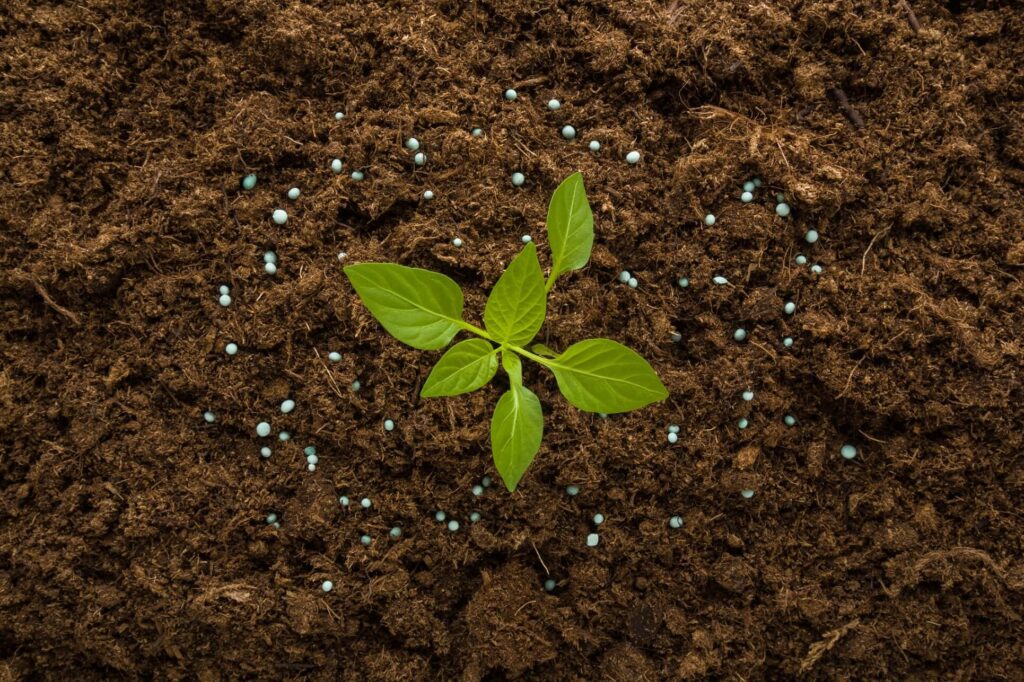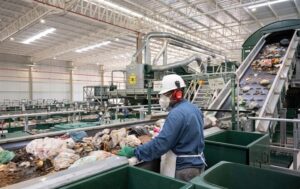
A solution based on biological sciences, which uses biological systems and living organisms—or their derivatives—for the development or transformation of products, biotechnology supports the advancement of waste management.
What is biotechnology and what is it used for?
Originating from the Greek words “bio” (life), “technos” (technique), and “logos” (knowledge), biotechnology is a technology that uses biological systems—such as molecular, cellular, genetic, among others—to manufacture or modify materials in order to generate products with new potential uses.
This is not a new technique! Fermentation, for example, used in bread and beverages for thousands of years, is a biotechnology that uses microorganisms like bacteria and yeast to alter a product and give it new characteristics.
Biotechnology is currently applied especially to address modern challenges in fields such as healthcare, agriculture, and waste management. It is often considered a less aggressive and more environmentally friendly technology, potentially serving as a tool to foster sustainability across various sectors.
What are the 10 types of biotechnology?
Discover the 10 types of biotechnology and examples of their applications:
- Biotechnology applied to desert/semi-arid environments (brown): development of seeds resistant to dry weather and heat.
- Environmental biotechnology (gray): preservation solutions such as genetic material banks, cell and organism banks, or biodiversity and ecosystem management and conservation, including waste reuse.
- Industrial biotechnology (white): aims to bring more sustainability and efficiency to industrial processes, such as biofuels, biochemicals, or cosmetics.
- Agricultural biotechnology (green): enhances plant health and strength through genetic modification, adapting them to different climates and protecting against pests and diseases, or creating products like biofertilizers.
- Healthcare biotechnology (red): related to human or animal health, it can be applied in the production of vaccines, medicines, and other treatments.
- Food production biotechnology (yellow): an ancient biotechnology method, includes fermentation and other techniques to make food more nutritious, long-lasting, etc.
- Biotechnology in biological weapons production (black): a field that studies biological weapons related to bioterrorism.
- Marine biotechnology (blue): uses marine materials to develop products such as biofuels, cosmetics, and more.
- Biotechnology applied to IT and Nanotechnology (gold): uses software, algorithms, and other tools to process and understand large volumes of life-related data, such as genetic sequences and molecular structures.
- Ethics and intellectual property (purple): related to all other biotechnologies, purple biotechnology protects technologies developed through patents and other tools.
The biotechnologies connected to solid waste management are environmental (gray) and industrial (white).
How biotechnology helps in waste management
Biotechnology plays a key role in waste management, being responsible for developing or improving techniques for handling materials that represent an increasingly large volume in modern society.
In waste management, this tool is especially used as an ally of the circular economy, working to treat and transform discarded materials into new products that benefit the environment.
Biotechnology is therefore a major ally in enhancing waste value and combating the climate impacts caused by improper disposal. Some of the solutions already developed in waste management include:
- Biogas: gas extracted from the anaerobic decomposition of solid waste, treated for use as renewable energy—thermal, electric, or mechanical.
- Biofuel:fuel such as biomethane, derived from purified biogas, which can replace CNG or diesel, with the advantage of lower greenhouse gas emissions;
- Composting: a technique that can be done anaerobically or enhanced with biotechnology to break down toxins like pesticides, accelerate the process, and add value to the material.
- Biofertilizer: material derived from composting or sludge treatment. It has added value and can be a strong ally of sustainable agriculture.
- Effluent treatment: microorganisms that accelerate and improve the process of neutralizing toxins found in sewage.
- Bioremediation: aims to recover areas contaminated by waste using microorganisms and enzymes that help break down toxic substances and decontaminate affected areas.
- Monitoring: biotechnology can be used to monitor air, water, and soil quality in landfills, ensuring that waste treatment is being properly conducted.
Biotechnology is essential for circularity in waste management. It can enhance treatment and promote environmental conservation through fast and effective processing of materials, reducing environmental overload and reintroducing improved materials into the production chain.
At Orizon VR, biotechnology is applied alongside other tools to enhance waste value.



